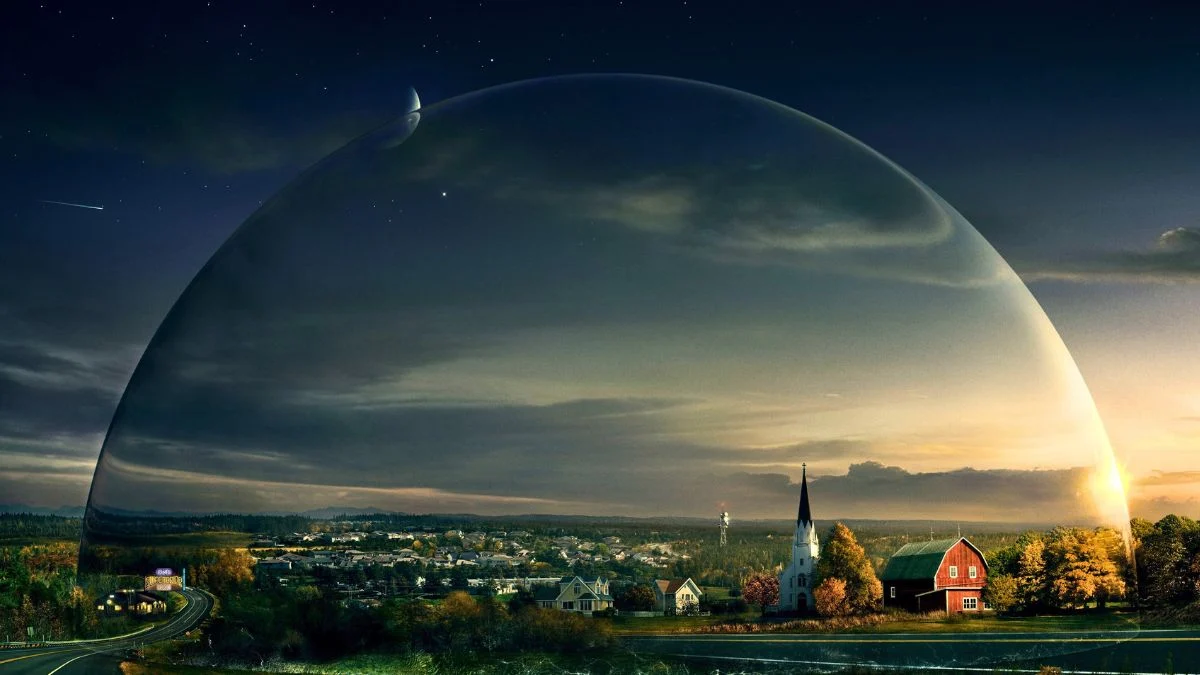
Stephen King‘s stories have been adapted for film and television many times over the years. Because older adaptations were made with the limitations of early TV and filmmaking technology – like lower budgets and simpler special effects – they don’t always hold up to today’s standards or what audiences expect now. Often, these adaptations had to shorten complex plots or combine characters, changing the feel and structure of the original books. Rights issues and time constraints also sometimes forced significant changes. Revisiting these older versions shows how new adaptations could benefit from modern casting, updated settings, and a more faithful retelling of the stories.
‘Maximum Overdrive’ (1986)

Stephen King wrote and directed this movie, which is adapted from his short story ‘Trucks’. The story follows what happens when machines come to life and turn on people near a truck stop in North Carolina, after a comet passes overhead. The original film used physical effects and early robot technology to bring the vehicles to life. A remake could take advantage of today’s advanced stunt work and special effects to create even more impressive scenes of vehicle convoys and large-scale action, while still keeping the story grounded in its working-class roots.
‘The Langoliers’ (1995)
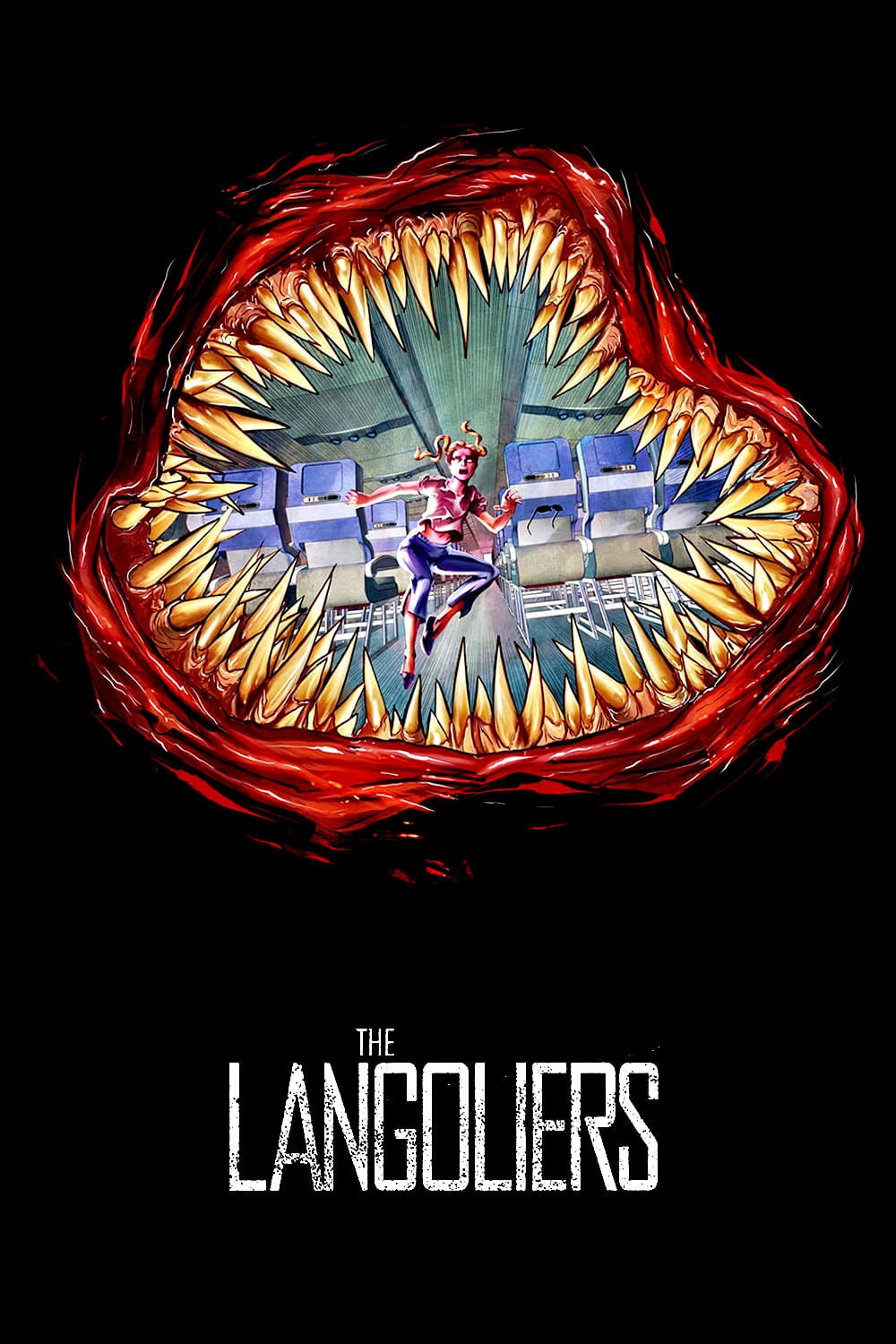
This TV miniseries is based on a short story about the passengers on a flight who wake up to find almost everyone else has vanished. The story then shifts to an eerily empty airport where time seems to have stopped. The original broadcast used some of the earliest computer-generated effects and long conversations to fill the runtime. A modern remake could streamline the story, focus on a smaller group of characters, and use today’s visual effects to show the effects of time stopping, all while keeping the core mystery intact.
‘The Tommyknockers’ (1993)
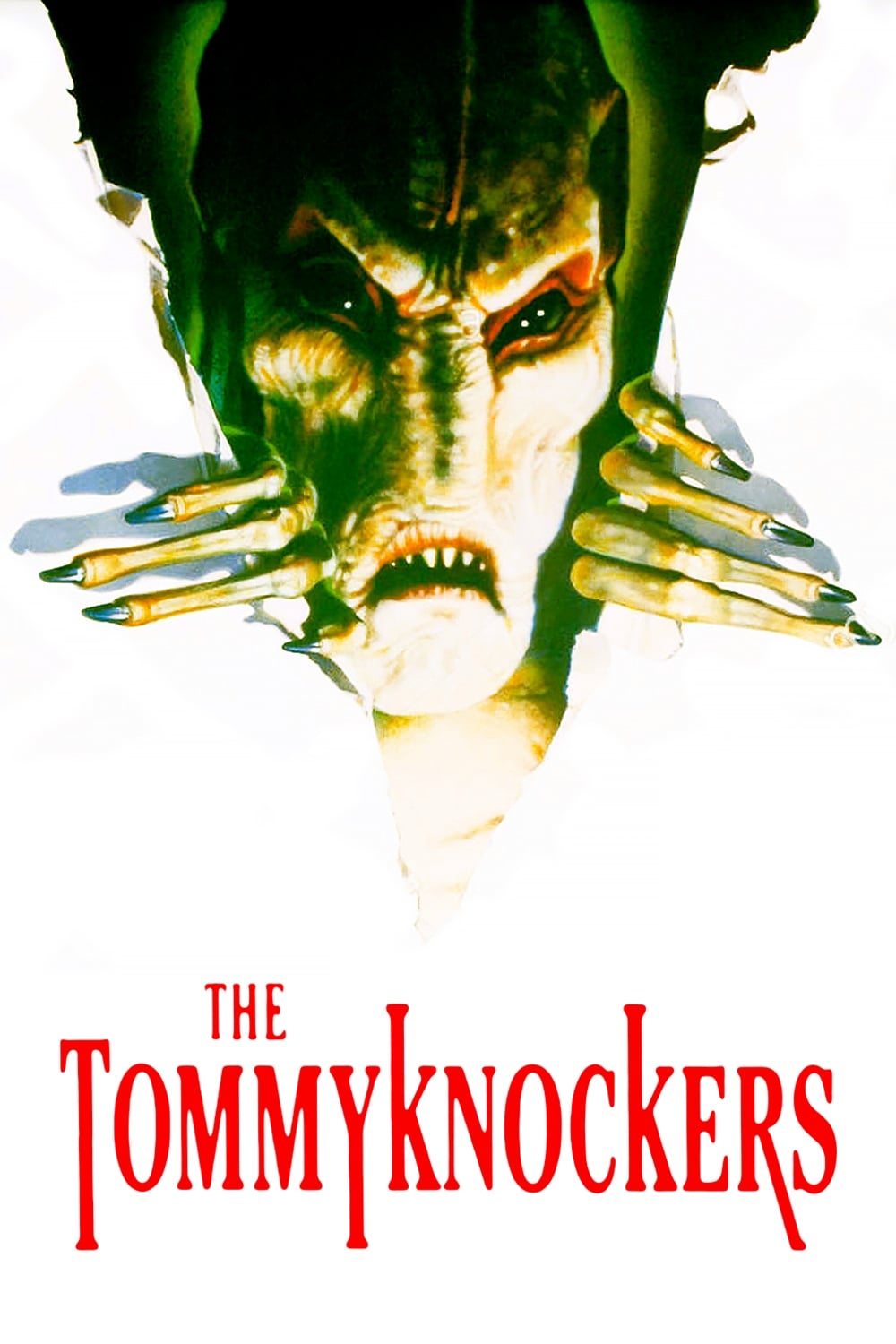
This story centers on a town in Maine that discovers a hidden alien spacecraft, which gradually begins to affect its people. The original miniseries followed television standards of the time, which meant some of the darker themes from the book – like addiction and paranoia – were toned down. While the show used real locations and sets to show the dig site and the inside of the ship, it was limited by the technology available at the time. A new limited series could bring back the novel’s original themes, develop the town’s characters more fully, and show the changes happening to people using modern visual effects and set design.
‘The Dark Tower’ (2017)

This film attempts to capture the essence of a sprawling fantasy and horror book series. It centers on the battle between the Gunslinger and the Man in Black, both striving to reach the mysterious Tower. While the movie establishes important characters and settings, it streamlines the story, combining events and locations. A more extensive adaptation, perhaps as a multi-season TV series, could faithfully recreate the books’ journey, weaving in flashbacks and building a detailed, consistent world with rich history and geography.
‘Under the Dome’ (2013)

This TV show takes place in a New England town cut off from the world by an unseen force, and it follows how the people there cope as supplies dwindle and leadership changes. While inspired by a book, the show created its own backstory for the barrier and altered some characters to fit the needs of television. The show’s speed and use of dramatic endings were often dictated by the network’s schedule. A reboot could be more effective if it had a planned conclusion, kept the focus on the town’s struggle to survive, and told a more streamlined story about the growing environmental and political challenges.
‘Graveyard Shift’ (1990)

This film is based on a short story about a textile mill and its workers who discover a secret community of creatures living within it. The filmmakers built realistic sets and used makeup effects to create the mill’s tunnels and basement. To make a longer movie, they expanded the story with new characters and action sequences. A future remake could enhance the film’s gritty, working-class horror by incorporating details about the history of industrial mills and focusing on workplace safety issues, alongside updated creature effects.
‘The Mangler’ (1995)

This movie is based on a short story from Stephen King’s ‘Night Shift’ about a haunted laundry press and the investigation that follows. The film adds more storylines and visually striking scenes to the original tale. The special effects and how the machine moves are typical of 1990s filmmaking. A remake could update the story by setting it in a modern factory and using today’s effects technology alongside practical, physical effects to bring the machine and its power to life.
‘Sleepwalkers’ (1992)

This screenplay, originally written by Stephen King, tells the story of creatures who can change their shape and disguise themselves as people. The movie used a combination of traditional makeup effects and early digital technology to show these transformations and action sequences. It’s set in a small town, with important scenes taking place at a school. A revised version could build a more consistent set of rules for how these creatures operate, delve deeper into the relationships between characters, and update the visual effects to show the transformations in a more modern way.
‘The Lawnmower Man’ (1992)

Though promoted with a connection to a story by Stephen King, this film is primarily about virtual reality research and how minds can be altered. It’s notable for its early use of computer-generated imagery and explores ideas about online worlds that were new at the time. Later, legal issues caused the film to separate itself from King’s work. A future adaptation could either closely follow the original story or expand on it using modern concepts like immersive technology and biofeedback.
‘Children of the Corn’ (1984)

The story is inspired by a tale of a small Nebraska town and a group of children who worship a mysterious being in the cornfields. The original film broadened the characters and added a road trip element to build up to the town’s story. Later installments introduced new settings and time periods. A modern update could focus on the realities of farming today and the feeling of isolation in rural communities, while still keeping the core myth about the harvest alive.
‘Cell’ (2016)

This film, based on a novel about a strange signal affecting people through their phones, centers on a group of survivors traveling through New England. The movie streamlines the original story’s nationwide scope, focusing on a smaller group of characters. It shows large-scale events—like those at an airport hotel and in city streets—but keeps the visuals focused and manageable. A revised version could explore the idea of mass migration more fully, incorporate modern communication methods, and use advanced crowd simulation to depict the movement of large groups of people.
‘Needful Things’ (1993)

The story unfolds in Castle Rock, centering around a mysterious shop that grants people’s wishes – but also creates trouble for the town. The movie adaptation streamlines the complex relationships from the original story to fit within a typical film length, focusing on the most important clashes and culminating in a dramatic showdown. However, a longer limited series could delve into each transaction at the shop, exploring how desires escalate and the consequences unfold with each episode dedicated to specific trades and their aftermath.
‘The Night Flier’ (1997)
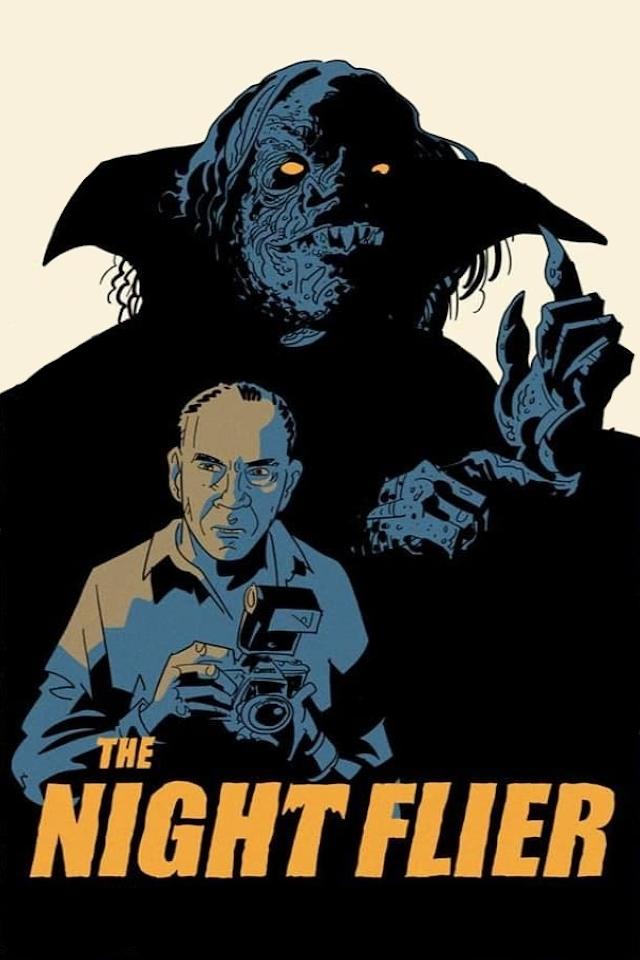
The movie is based on a story about a journalist chasing a killer who gets around by private plane. The investigation takes place at small airports, on runways at night, and even in morgues. The filmmakers used real effects and shot in believable locations to create a specific mood. A remake could focus more on the details of flying – like small airfields and flight tracking – and use a documentary-style approach to the reporting, while still keeping the feel of an investigation.
‘Cujo’ (1983)

This movie tells the story of a mother and her child who find themselves trapped in a car while a crazed dog circles outside a country repair shop. The filmmakers built suspense by using real animals, realistic robots, and careful camera work. They simplified the story from the original book to keep the focus on the immediate danger. A new version of this story could delve deeper into the family’s history, explain how the outbreak started through a veterinarian’s perspective, and show the struggle for survival in a more realistic, continuous way with fewer cuts and longer, unbroken shots.
‘Desperation’ (2006)
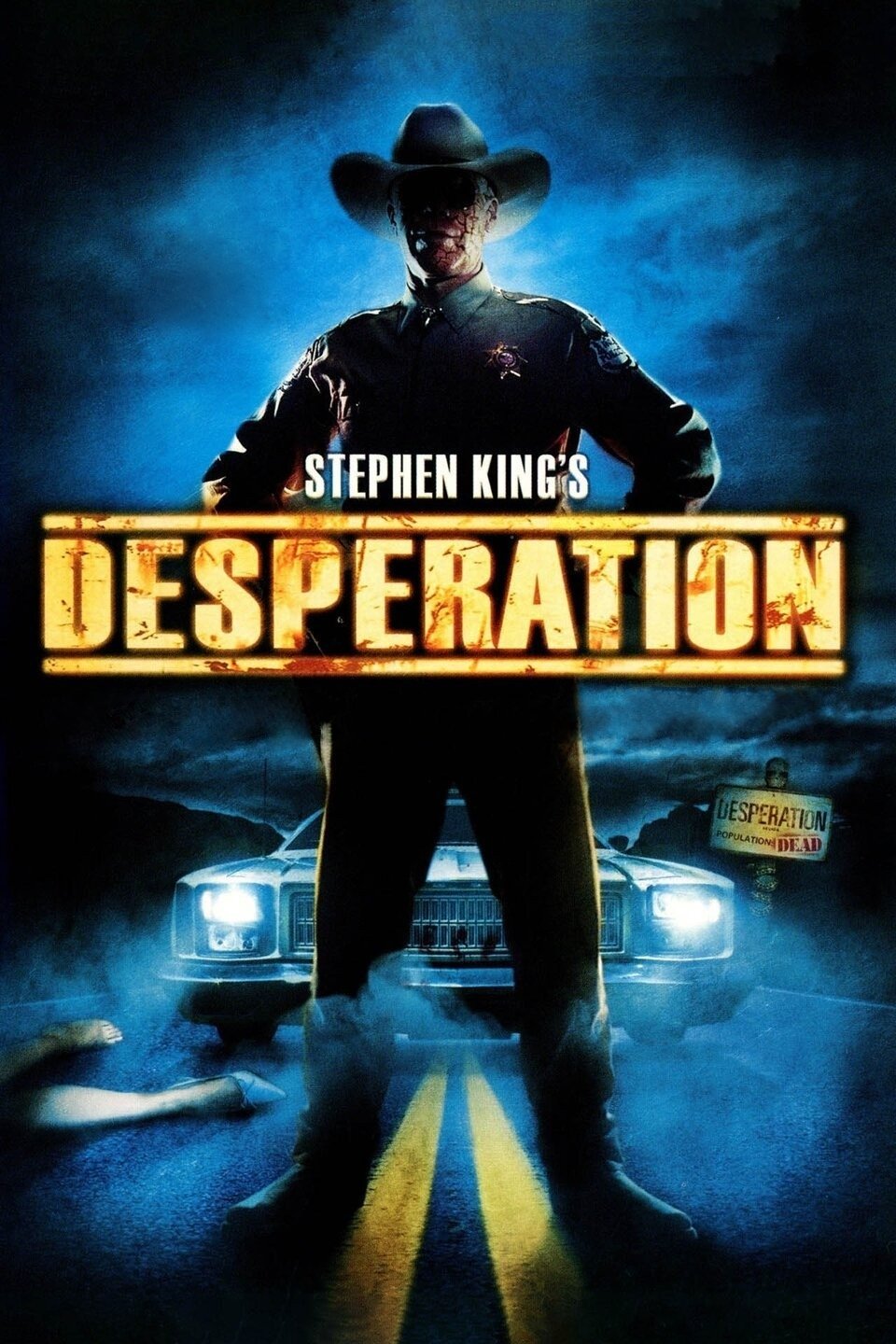
This TV movie is based on a novel about people who stumble upon an evil presence in a Nevada mining town. Because it was made for television, some story elements and the way the creature looked were changed. While the movie briefly shows the desert setting and the town’s mining past, a remake could explore the creature’s origins in more detail, including the rituals surrounding its creation and the vastness of the landscape, with a longer running time and more filming done on location.
‘Bag of Bones’ (2011)

I was completely drawn into this story about a writer who goes back to a house by the lake and starts uncovering some really troubling things about the town’s past, all connected to a singer. The show did a good job of mixing everyday life with these spooky, unsettling events, though it didn’t show a lot of the past directly. I understand there were some issues with music rights and where they could film that affected how much of the backstory they could share. But honestly, I think it would be amazing to see a version that included full concert scenes, showed more of what life was like in the town over time, and really delved into the legal battles that caused the haunting in the first place.
‘Dreamcatcher’ (2003)
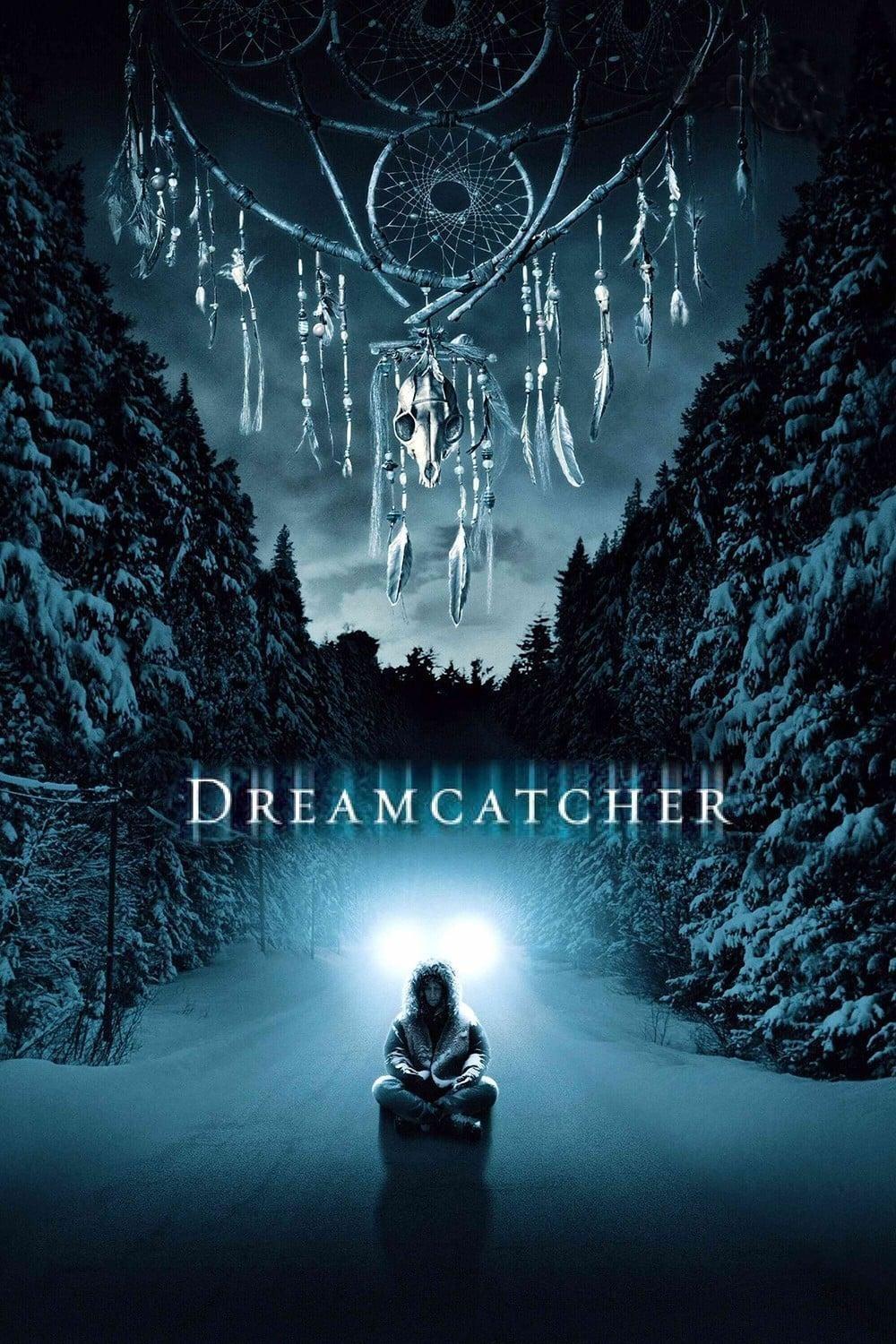
This movie tells the story of two longtime friends on a hunting trip that’s disrupted by a quarantine and something strange and unearthly. The film rushes through a lot of background information about their shared history and memories. It uses visual effects that were common in the early 2000s to show creatures and psychic powers. A new version could improve the story by showing the characters’ childhoods and adult lives separately, exploring the theme of memory more fully, and using modern visual effects to create believable depictions of telepathy.
‘Silver Bullet’ (1985)
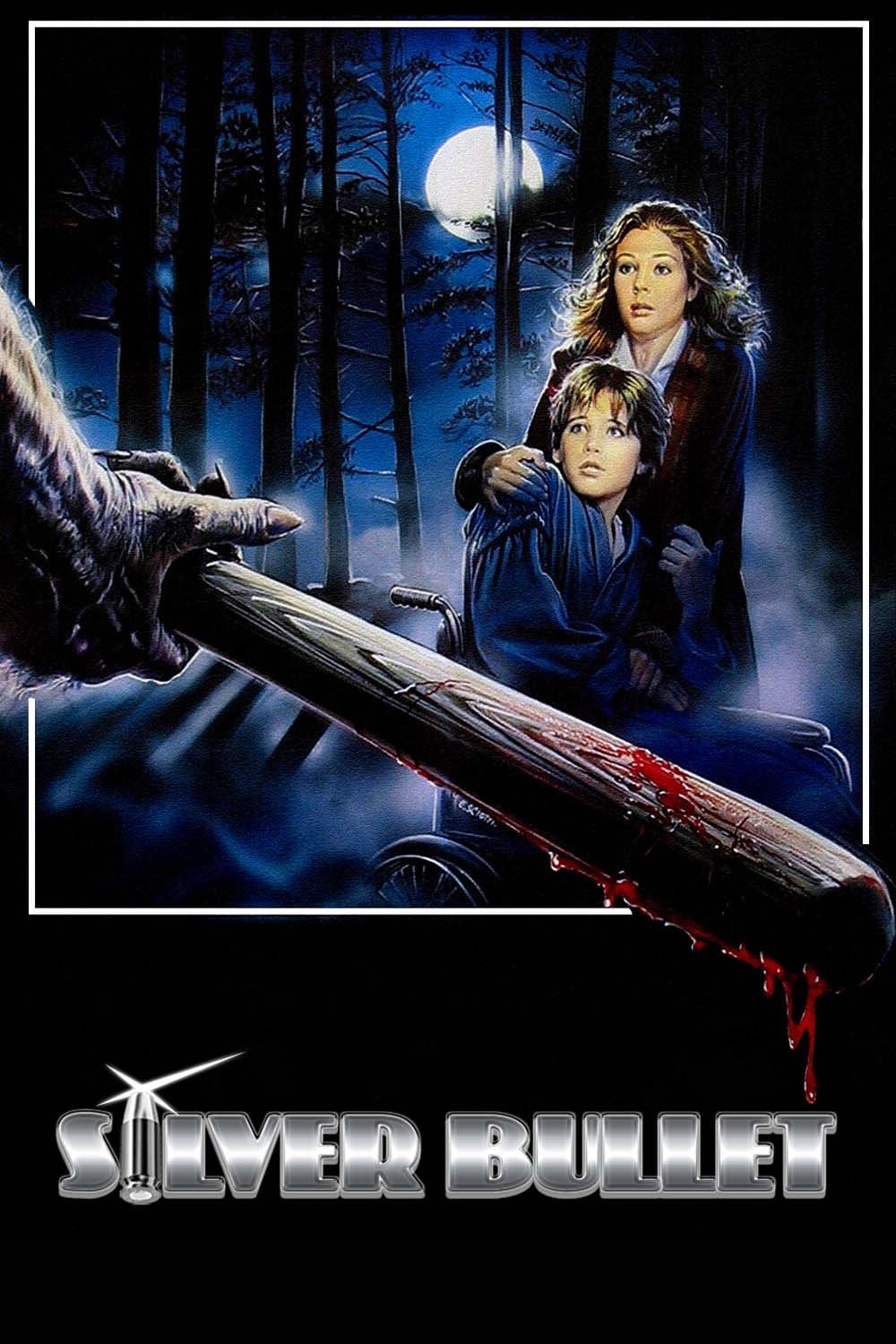
This film is inspired by the story ‘Cycle of the Werewolf,’ and it depicts a town terrorized by attacks happening throughout an entire year. The filmmakers used full-body suits and animatronics to create the werewolf, and they changed the story’s original format to tell a single, unbroken story. While the film includes scenes set during holidays and festivals, these moments are shorter than in the original book. A remake could keep the monthly timeline, show how the town responds to the attacks, and update the werewolf’s appearance using a mix of practical effects and carefully used digital imagery.
‘Sometimes They Come Back’ (1991)
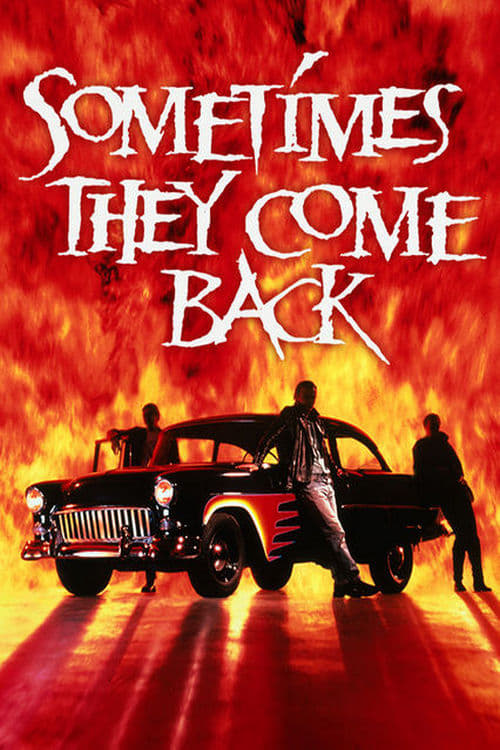
This movie is based on a short story about a teacher who is troubled by frightening memories from his past. The story is told through scenes of him teaching, his home life, and nighttime encounters. It relies on realistic effects and takes place over a short period of time. A remake could update the story to take place in a modern school, flesh out the town’s backstory, and establish clear, believable reasons for the haunting.
Share the one you would remake first and explain your pick in the comments.
Read More
- Zack Snyder Reacts to ‘Superman’ Box Office Comparison With ‘Man of Steel’
- Predator: Badlands Is Not The Highest Grossing Predator Movie
- Terns Pharmaceuticals: A 300% Surge That Smells Like a Carnival Sideshow 🎪
- SEC Halts Crypto ETFs: Will ProShares Cave or Quit? 🚫💰
- American Bitcoin’s Bold Dip Dive: Riches or Ruin? You Decide!
- A Most Advantageous ETF Alliance: A Prospect for 2026
- WELCOME TO DERRY’s Latest Death Shatters the Losers’ Club
- 📢November 19th (UTC) Routine Maintenance and Update Complete
- Hot Toys Reveals New Ben Affleck Batman Right After Zack Snyder’s Photo
- Binance’s Grand Scam Alert: Crypto’s Known Circus Gets a Sharper Act
2025-11-17 00:19